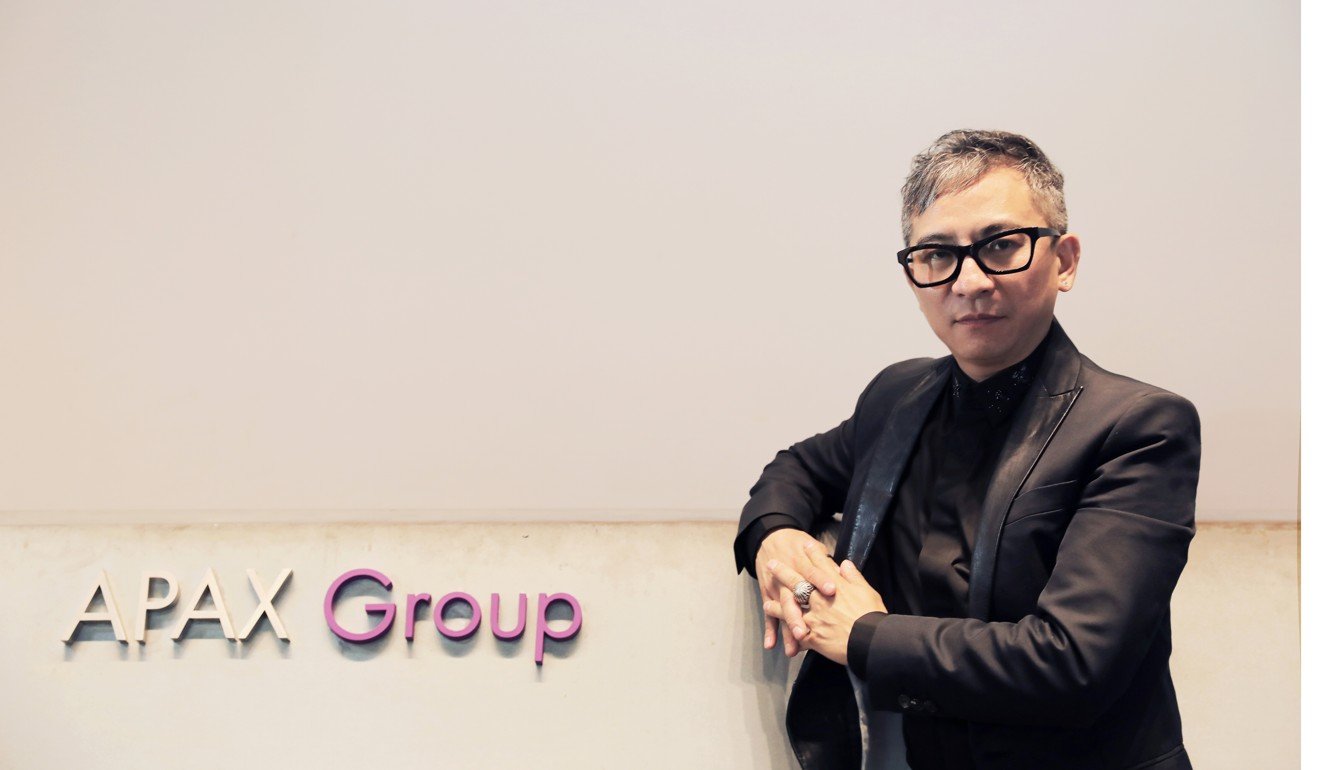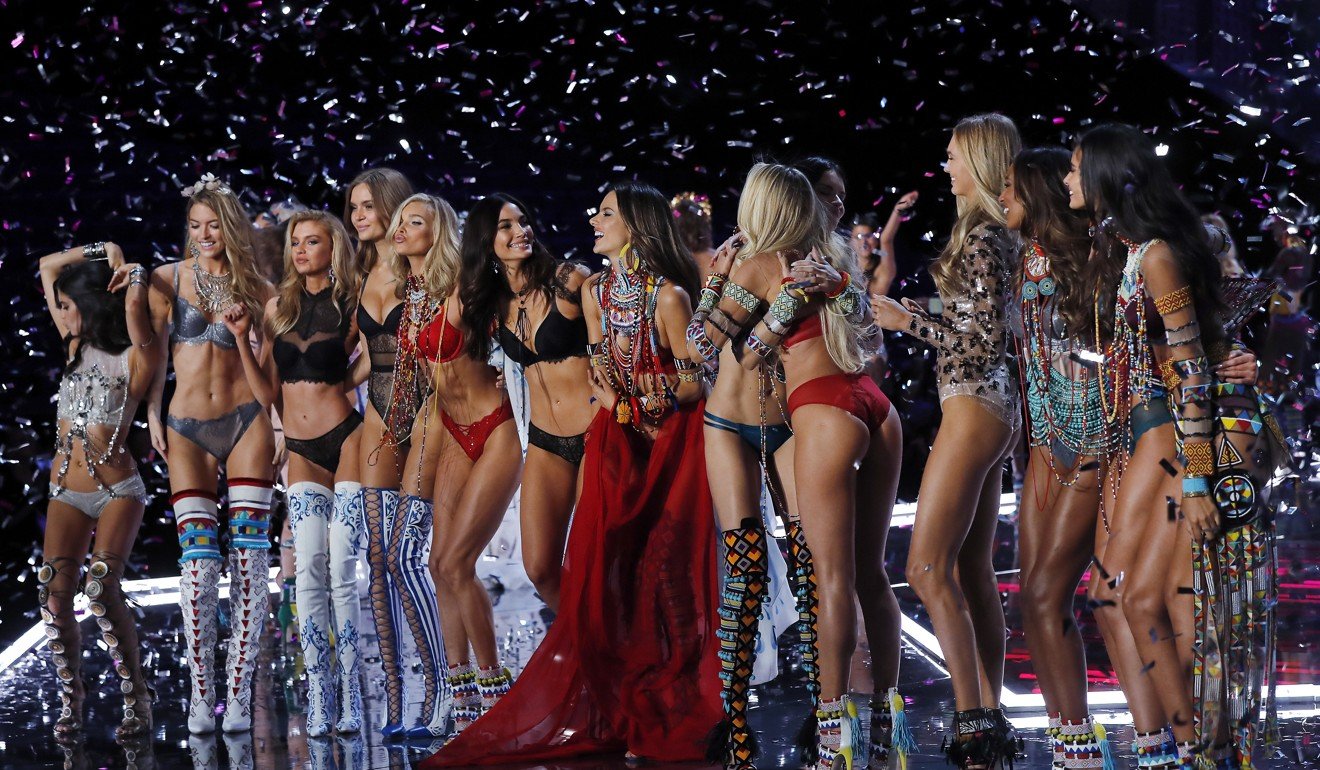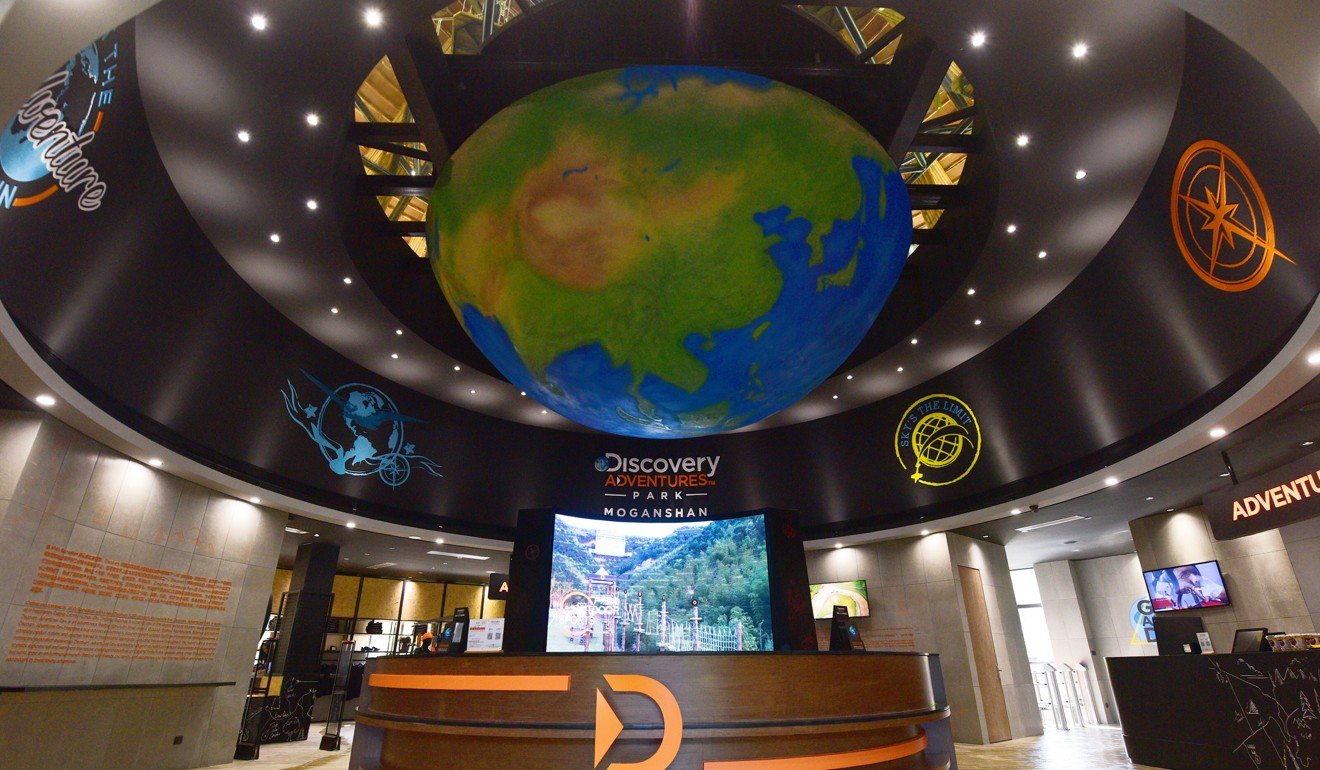
The man who helped Karl Lagerfeld make the Great Wall a catwalk for Fendi, and brought global fashion brands to China
Terence Chu is behind some of China’s most extravagant fashion events. The Hong Kong former graphic designer has helped numerous international brands break into the country’s notoriously difficult and competitive market
Led by German fashion designer Karl Lagerfeld, glamorous models paraded down the Great Wall of China in 2007. The image of their red dresses gliding over the imposing fortification helped put China, a country with an insatiable appetite for luxury, on the global fashion map.
The idea behind Italian fashion house Fendi’s striking first foray into China came from its then CEO Michael Burke and Hong Kong graphic designer Terence Chu.
The spend now, save later millennials of China’s moonlight clan
The founder and CEO of Shanghai-based luxury event and marketing company Apax Group, Chu has helped numerous international brands break into the notoriously competitive Chinese market.

One year after the Great Wall coup for Fendi, French luxury firm Hermès held their first fashion show in China at the opening of World Financial Centre in Shanghai. This was another of Apax’s projects.
Fashion, at the end of the day, is not art. It is commercial. It’s about business logic. But China’s fashion scene does not have a clear business foundation.
Since its establishment in Hong Kong in 1992, Apax has become the go-to company for overseas luxury brands’ promotional events in China. Chu, who relocated his company’s headquarters from Hong Kong to Shanghai in 2002, says nothing is impossible in his view.
“I flew to Rome to discuss with Burke [the idea of the Great Wall show]. Asking him to give me money and time, [I told him I would make it happen],” he recalls.
Chu added that big public events are very important for luxury brands trying to make an impact in China. “You must find a niche to create explosive impact and use China to influence the whole world,” he says.
While all the big fashion houses fall over themselves to enter the vast Eastern market, navigating China’s bureaucratic landscape can be a bruising experience.
Chu says it takes local expertise and know-how to pull off a successful show in the country: “You cannot replicate the US model in China,” he says. “You have to make use of local resources and policies to overcome the challenges.”

Chu also makes use of social media and big data to create a buzz around the event or brand.
“Nowadays, we cannot [just] rely on the traditional media that release the content a day after the editing is done. Self-promotion through bloggers and key opinion leaders is the fastest channel,” he says.
Shanghai Fashion Week highlights: sustainable fashion, haute couture from Dior, and the hottest label
The growth of Chu’s company – from a small firm in Hong Kong into one with over 300 staff and offices in India, Italy, Beijing, Shanghai and Hong Kong – reflects the rapid expansion of China’s fashion and luxury industry over the last two decades.
“[Late] artist Chen Yifei invited me to go to Shanghai to work with him in 2002,” he says. “I had meetings with him in Tianzifang [where his art gallery was based]. He foresaw that Tianzifang would get very big. He [worked with the local government] to develop the area. Shanghai is a dream place for entrepreneurs.”

Formerly a residential area in the French Concession area of Shanghai, Tianzifang has since become an arts and crafts enclave with hip boutique shops, bars and restaurants.
With Chen’s similar foresight and business smarts, Chu introduced the concept of a “showroom” into Shanghai Fashion Week in 2014.
The concept turned retail stores and offices into showrooms for lesser-known brands to be able to display and sell their products. “New York does the concept the best,” Chu says. “It is flexible. Not every brand has the whole collection ready for a [week-long] fashion show. ”
Chu says while the country has many promising young designers, there are structural problems preventing the Chinese fashion industry from conquering the globe as all the famous Western brands have been able to do.

“Many [Chinese] designers have gone to New York and Paris as their final destinations,” he says. “Fashion designers cannot be artists who make only a piece of work a year. [A successful fashion brand] rolls out two to four seasons worth of clothing a year. Fashion, at the end of the day, is not art. It is commercial. It’s about business logic. But China’s fashion scene does not have a clear business foundation.”
Besides the showroom concept, Chu introduced Fashion Rocks, an annual international event that features fashionfrom the world’s top designers and live performances by popular music acts. The event originated in London, but soon spread, with the first Fashion Rocks in Asia being held at the Shanghai Oriental Sports Centre in 2016. Broadcast live by Tencent, the event was beamed to over 30 countries and regions, and reached 50 million viewers.
“I wanted to educate the public that fashion is not all about buying. It can be combined with music and entertainment to reach a much wider audience,” he says.

Chu has once again used his talents to bring together different industries, this time by creating the Discovery Adventures Park. The park is a natural enclave providing extreme sports and self-exploration tours, which opened in Moganshan in China’s Zhejiang province near Shanghai last year. Apax was approached three years ago by Discovery, the American media brand behind the Discovery Channel and Animal Planet.
How Mad Men and Wes Anderson inspired Chinese fashion duo’s darkly feminine collection
“Their channels cannot be broadcast in China, so they asked me what they can do in China. After a lot of research, I told them we can do a theme park. As people get more affluent, they pursue lifestyle and experience. It can be for families, student groups and corporate clients for their meetings and team building,” he says.

While the park was the biggest gamble of his life – costing him US$10 million in investments – he says he’s confident in the industry.
“Disney and other theme parks are for entertainment, but our park lets visitors transcend their limits,” he says. “China has a lot of natural resources that lie untapped. Instead of setting up a theme park by destroying the land and constructing artificial stuff, our park helps conserve the environment. We plan to build 10 such parks in China within 10 years and export the model globally.”

